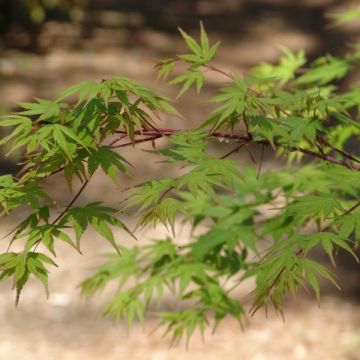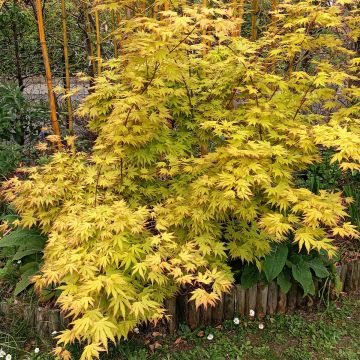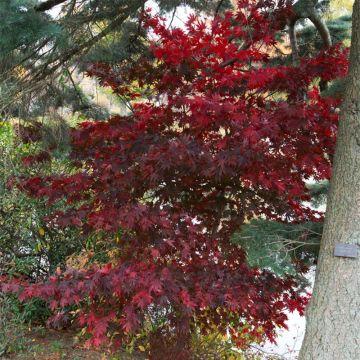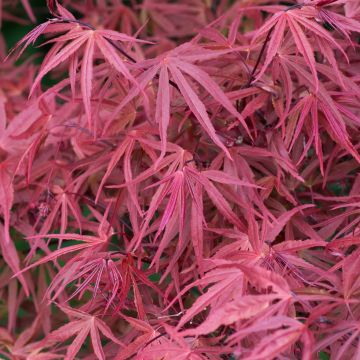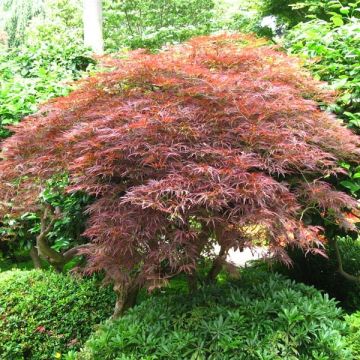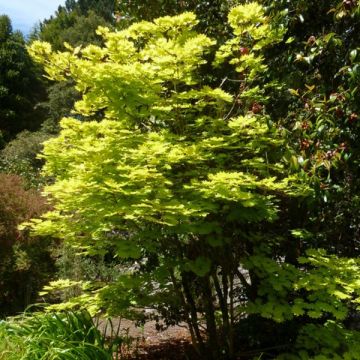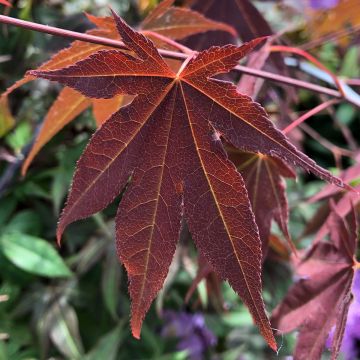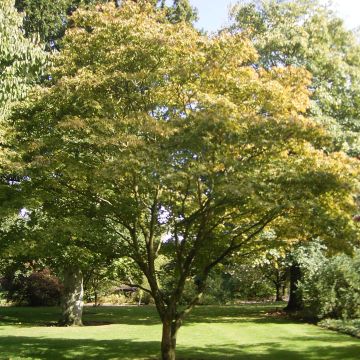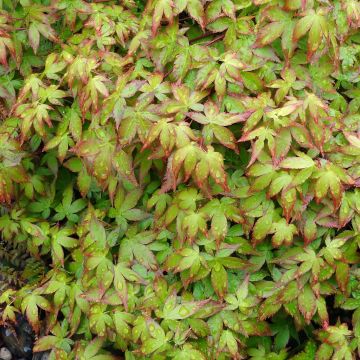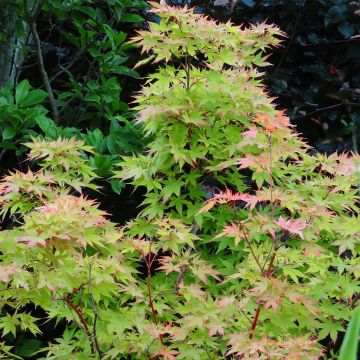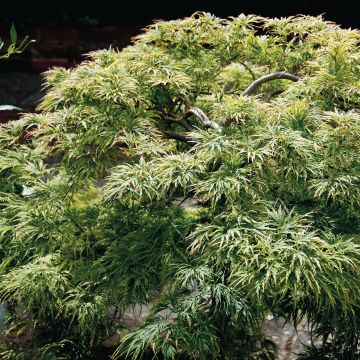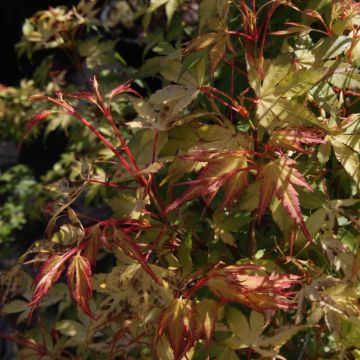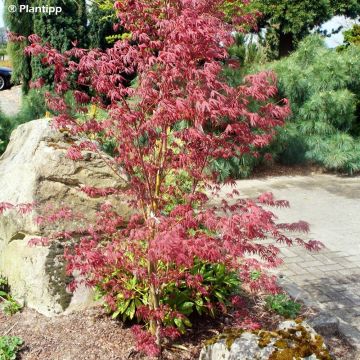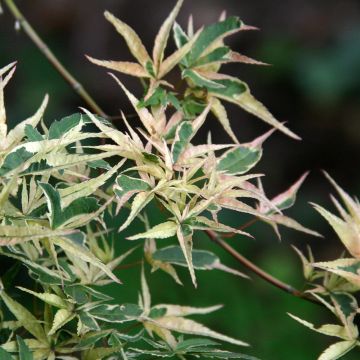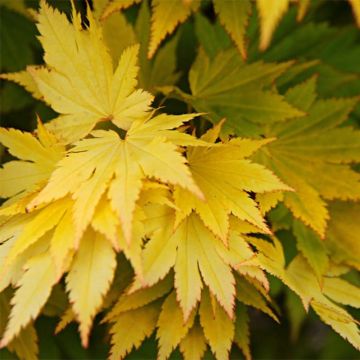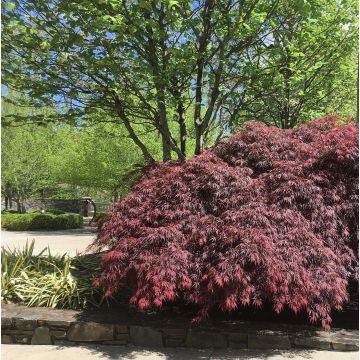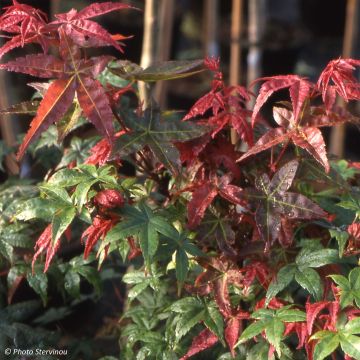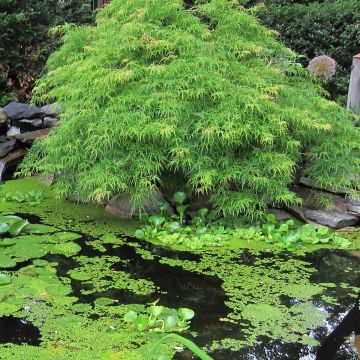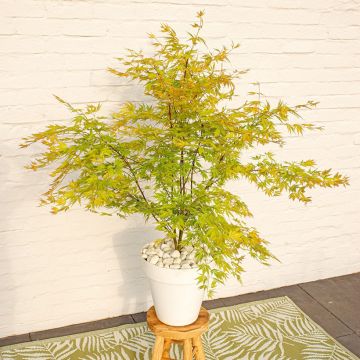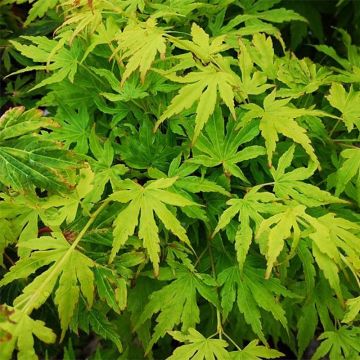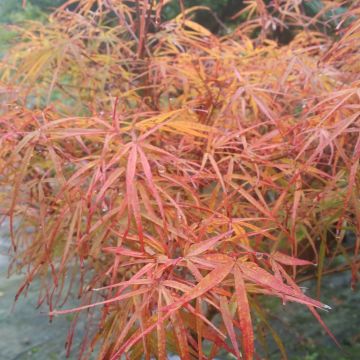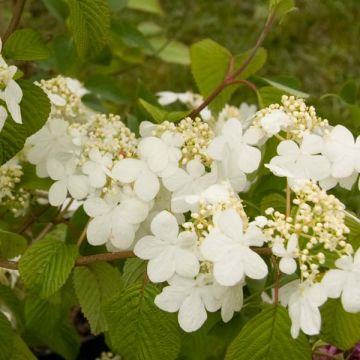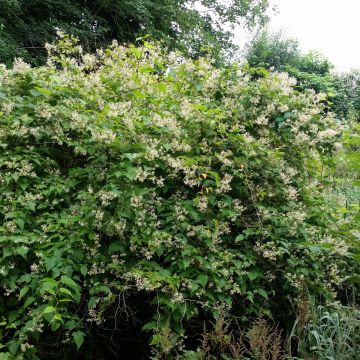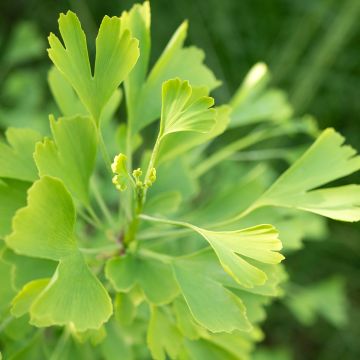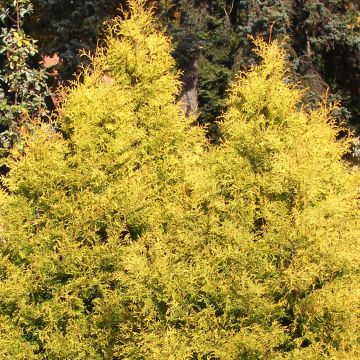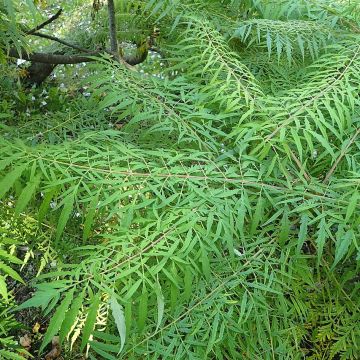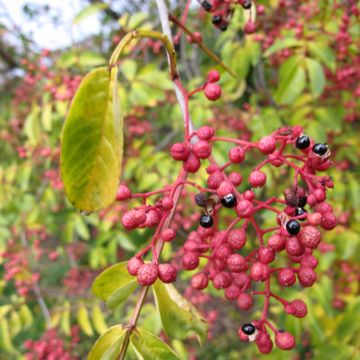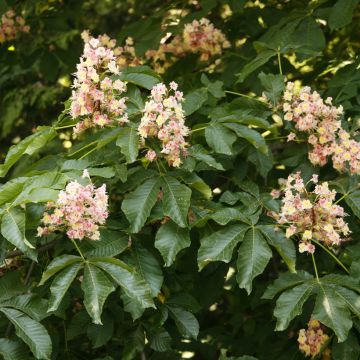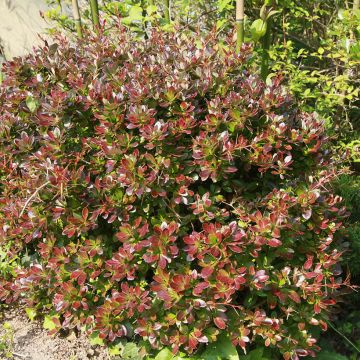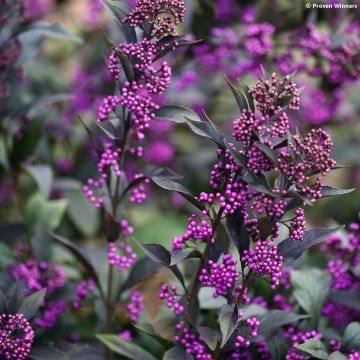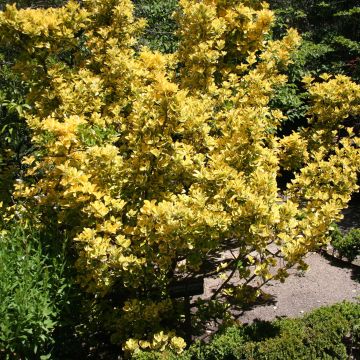Shipping country and language
Your country of residence may be:
Your country of residence is:
For a better user experience on our website, you can select:
Your shipping country:
-
Andorra
-
Austria
-
Belgium
-
Bulgaria
-
Canada
-
Chile
-
Croatia
-
Cyprus
-
Czechia
-
Denmark
-
Estonia
-
Finland
-
France
-
Germany
-
Greece
-
Hungary
-
Iceland
-
Ireland
-
Italy
-
Latvia
-
Lithuania
-
Luxembourg
-
Malta
-
Monaco
-
Netherlands
-
Poland
-
Portugal
-
Romania
-
Slovakia
-
Slovenia
-
Spain
-
Sweden
-
Switzerland
-
United Kingdom
We only deliver seed and bulb products to your country. If you add other products to your basket, they cannot be shipped.
Language:
-
French
-
German
-
Spanish
-
English
-
Italian
My Account
Hello
My wish lists
Log in / Register
Existing customer?
New customer?
Create an account to track your orders, access our customer service and, if you wish, make the most of our upcoming offers.
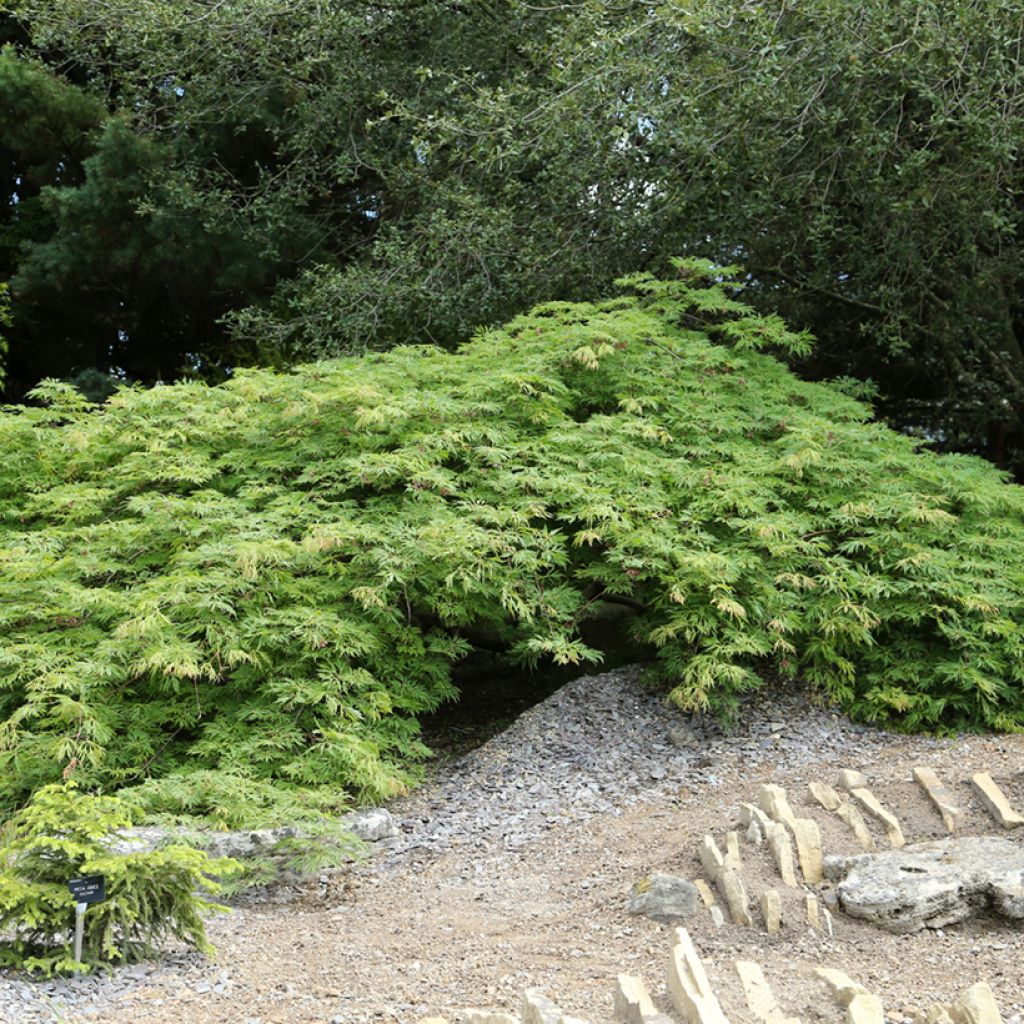

Acer japonicum Green Cascade
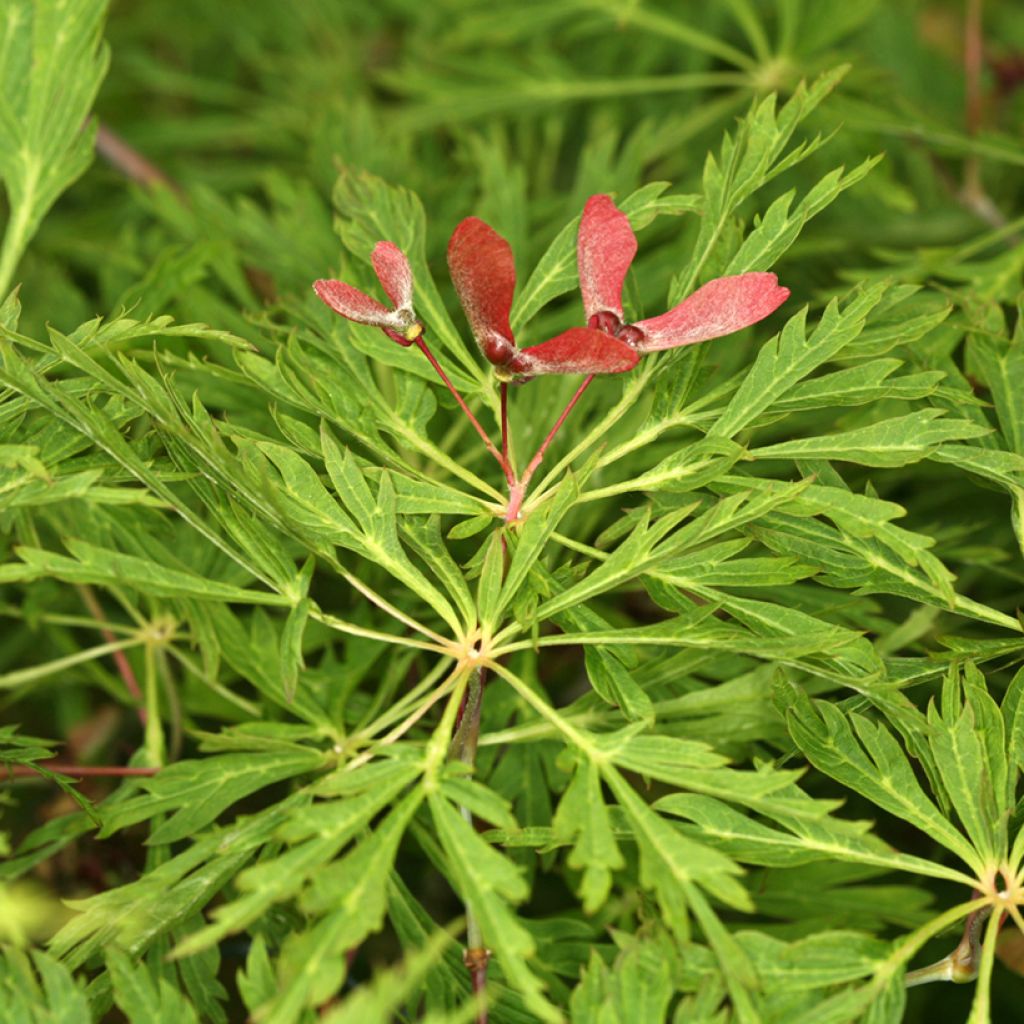

Acer japonicum Green Cascade
Acer japonicum Green Cascade
Acer japonicum Green Cascade
Why not try an alternative variety in stock?
View all →Order in the next for dispatch today!
Dispatch by letter from €3.90.
Delivery charge from €5.90 Oversize package delivery charge from €6.90.
More information
This item is not available in your country.
Schedule delivery date,
and select date in basket
This plant carries a 24 months recovery warranty
More information
We guarantee the quality of our plants for a full growing cycle, and will replace at our expense any plant that fails to recover under normal climatic and planting conditions.
From €5.90 for pickup delivery and €6.90 for home delivery
Express home delivery from €8.90.

Does this plant fit my garden?
Set up your Plantfit profile →
Description
Acer japonicum 'Green Cascade' is a remarkable variety of Japanese maple, awarded for its ornamental qualities. It has a modest size and a rounded and weeping habit, which is truly elegant. Its laciniate foliage is deeply cut and has a beautiful emerald green colour in spring and summer, equally elegant. In autumn, it displays superb shades of yellow, orange, and crimson red. This exceptional variety has received an Award of Garden Merit from the Royal Horticultural Society and was part of the Courson recommendations in 2002.
Like all maples, Acer japonicum belongs to the aceraceae family. Native to Japan, this small tree is perfectly hardy, but does not tolerate high temperatures or windy exposures well. It is vigorous and more resistant to drought and full sun than its cousin, Acer palmatum. It has the same preferences for filtered sunlight and non-calcareous, humus-bearing, well-drained soil that remains moist, especially in summer. The more acidic the soil, the more intense the foliage colouration will be.
The 'Green Cascade' Japanese maple is a very hardy small tree that tolerates small amounts of limestone in the soil better than most Acer palmatum. It has a very slow growth and over time, it develops a beautiful rounded and pendulous habit, wider than it is tall. At maturity, it reaches about 2.10 m in height and 3 m in width, but only 1 m in height at 10 years old. Its almost horizontal branches bear magnificent deciduous, circular leaves that can measure up to 15 cm in length and 10 cm in width. They are carried by red petioles and their edges are divided into 9 to 11 lobes. The inconspicuous yellow-green flowers bloom in April-May, depending on the climate. The flowers, grouped in small upright clusters, produce fruits with curved wings, called samaras, which are initially green and turn crimson red when ripe. This variety has a smooth, grey-brown bark.
The 'Green Cascade' Japanese maple is compact, yet sculptural: it is perfect for small gardens, as well as for decorating terraces, patios, and shaded rockeries. To fully appreciate its habit and foliage, it should be planted as a specimen. It can also be placed at the back of borders behind azaleas, pieris, rhododendrons, wild camellias, and heathers. If you have enough space, you can also mix several varieties of Japanese maples to vary the colours and structures of the foliage, the effect is always stunning at the end of the season.
Tips: Treat with Bordeaux mixture to prevent Verticillium attacks.
Report an error about the product description
Plant habit
Flowering
Foliage
Botanical data
Acer
japonicum
Green Cascade
Sapindaceae
Cultivar or hybrid
Other Japanese Maples
Planting and care
Acer japonicum 'Green Cascade' should be planted in spring or autumn in a preferably light, slightly acidic to neutral, deep, loose, and well-drained soil, in a partially shaded location protected from cold and dry winds. The soil should be kept moist by mulching in summer if necessary, but should not be waterlogged in winter. Apply a significant amount of organic matter every 3 years to ensure a good humus content in the soil. Mulch, water, and mist the foliage on hot evenings. Winter pruning should be limited to balancing the branches. Treat preventively against scale insects and Verticillium, a fungal disease that occurs in heavy and overly moist soil.
Planting period
Intended location
Care
This item has not been reviewed yet - be the first to leave a review about it.
Striking foliage shrubs
Haven't found what you were looking for?
Hardiness is the lowest winter temperature a plant can endure without suffering serious damage or even dying. However, hardiness is affected by location (a sheltered area, such as a patio), protection (winter cover) and soil type (hardiness is improved by well-drained soil).

Photo Sharing Terms & Conditions
In order to encourage gardeners to interact and share their experiences, Promesse de fleurs offers various media enabling content to be uploaded onto its Site - in particular via the ‘Photo sharing’ module.
The User agrees to refrain from:
- Posting any content that is illegal, prejudicial, insulting, racist, inciteful to hatred, revisionist, contrary to public decency, that infringes on privacy or on the privacy rights of third parties, in particular the publicity rights of persons and goods, intellectual property rights, or the right to privacy.
- Submitting content on behalf of a third party;
- Impersonate the identity of a third party and/or publish any personal information about a third party;
In general, the User undertakes to refrain from any unethical behaviour.
All Content (in particular text, comments, files, images, photos, videos, creative works, etc.), which may be subject to property or intellectual property rights, image or other private rights, shall remain the property of the User, subject to the limited rights granted by the terms of the licence granted by Promesse de fleurs as stated below. Users are at liberty to publish or not to publish such Content on the Site, notably via the ‘Photo Sharing’ facility, and accept that this Content shall be made public and freely accessible, notably on the Internet.
Users further acknowledge, undertake to have ,and guarantee that they hold all necessary rights and permissions to publish such material on the Site, in particular with regard to the legislation in force pertaining to any privacy, property, intellectual property, image, or contractual rights, or rights of any other nature. By publishing such Content on the Site, Users acknowledge accepting full liability as publishers of the Content within the meaning of the law, and grant Promesse de fleurs, free of charge, an inclusive, worldwide licence for the said Content for the entire duration of its publication, including all reproduction, representation, up/downloading, displaying, performing, transmission, and storage rights.
Users also grant permission for their name to be linked to the Content and accept that this link may not always be made available.
By engaging in posting material, Users consent to their Content becoming automatically accessible on the Internet, in particular on other sites and/or blogs and/or web pages of the Promesse de fleurs site, including in particular social pages and the Promesse de fleurs catalogue.
Users may secure the removal of entrusted content free of charge by issuing a simple request via our contact form.
The flowering period indicated on our website applies to countries and regions located in USDA zone 8 (France, the United Kingdom, Ireland, the Netherlands, etc.)
It will vary according to where you live:
- In zones 9 to 10 (Italy, Spain, Greece, etc.), flowering will occur about 2 to 4 weeks earlier.
- In zones 6 to 7 (Germany, Poland, Slovenia, and lower mountainous regions), flowering will be delayed by 2 to 3 weeks.
- In zone 5 (Central Europe, Scandinavia), blooming will be delayed by 3 to 5 weeks.
In temperate climates, pruning of spring-flowering shrubs (forsythia, spireas, etc.) should be done just after flowering.
Pruning of summer-flowering shrubs (Indian Lilac, Perovskia, etc.) can be done in winter or spring.
In cold regions as well as with frost-sensitive plants, avoid pruning too early when severe frosts may still occur.
The planting period indicated on our website applies to countries and regions located in USDA zone 8 (France, United Kingdom, Ireland, Netherlands).
It will vary according to where you live:
- In Mediterranean zones (Marseille, Madrid, Milan, etc.), autumn and winter are the best planting periods.
- In continental zones (Strasbourg, Munich, Vienna, etc.), delay planting by 2 to 3 weeks in spring and bring it forward by 2 to 4 weeks in autumn.
- In mountainous regions (the Alps, Pyrenees, Carpathians, etc.), it is best to plant in late spring (May-June) or late summer (August-September).
The harvesting period indicated on our website applies to countries and regions in USDA zone 8 (France, England, Ireland, the Netherlands).
In colder areas (Scandinavia, Poland, Austria...) fruit and vegetable harvests are likely to be delayed by 3-4 weeks.
In warmer areas (Italy, Spain, Greece, etc.), harvesting will probably take place earlier, depending on weather conditions.
The sowing periods indicated on our website apply to countries and regions within USDA Zone 8 (France, UK, Ireland, Netherlands).
In colder areas (Scandinavia, Poland, Austria...), delay any outdoor sowing by 3-4 weeks, or sow under glass.
In warmer climes (Italy, Spain, Greece, etc.), bring outdoor sowing forward by a few weeks.
